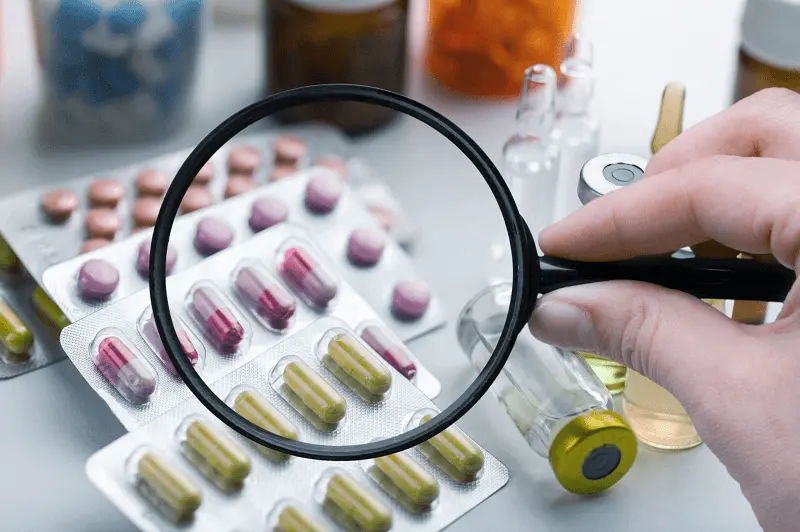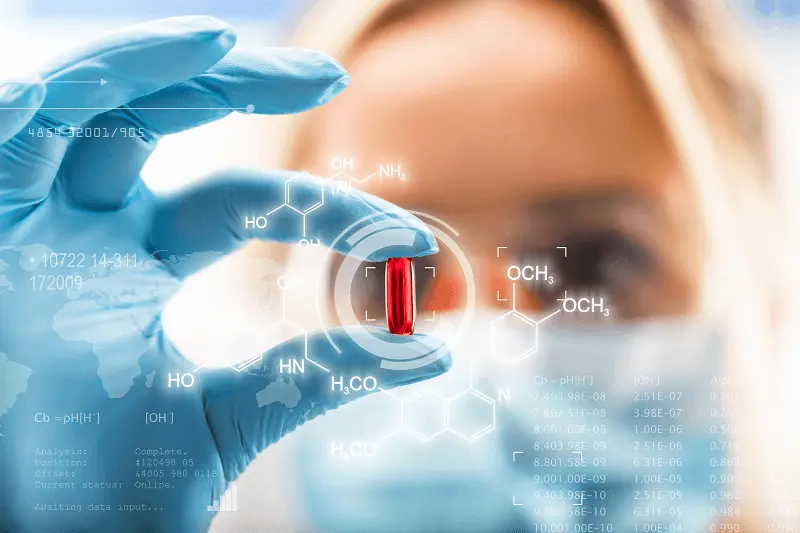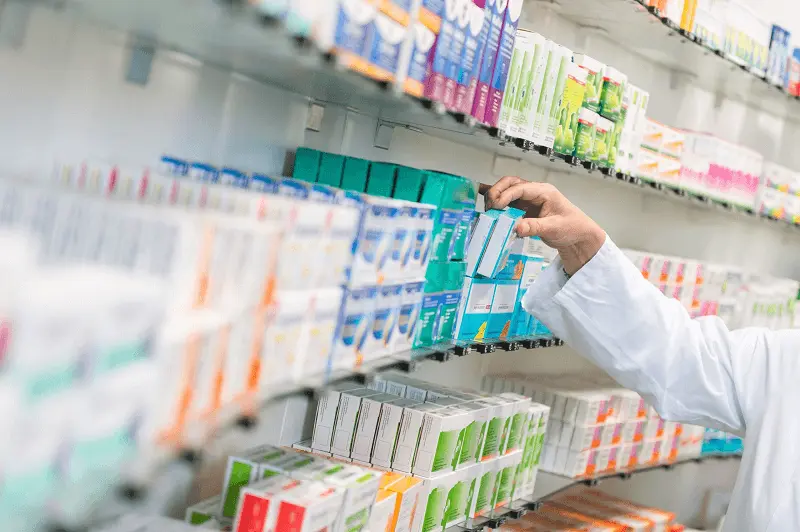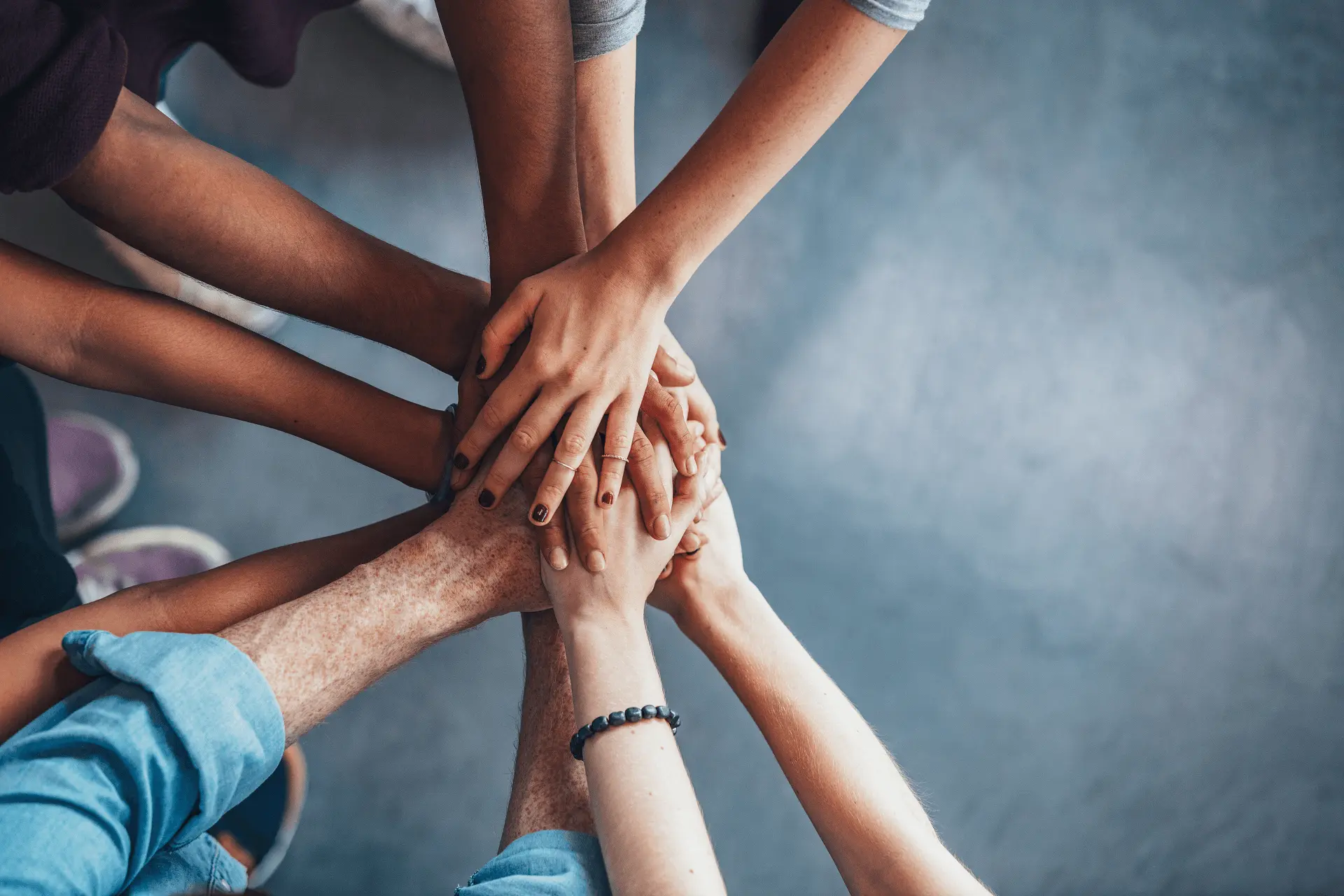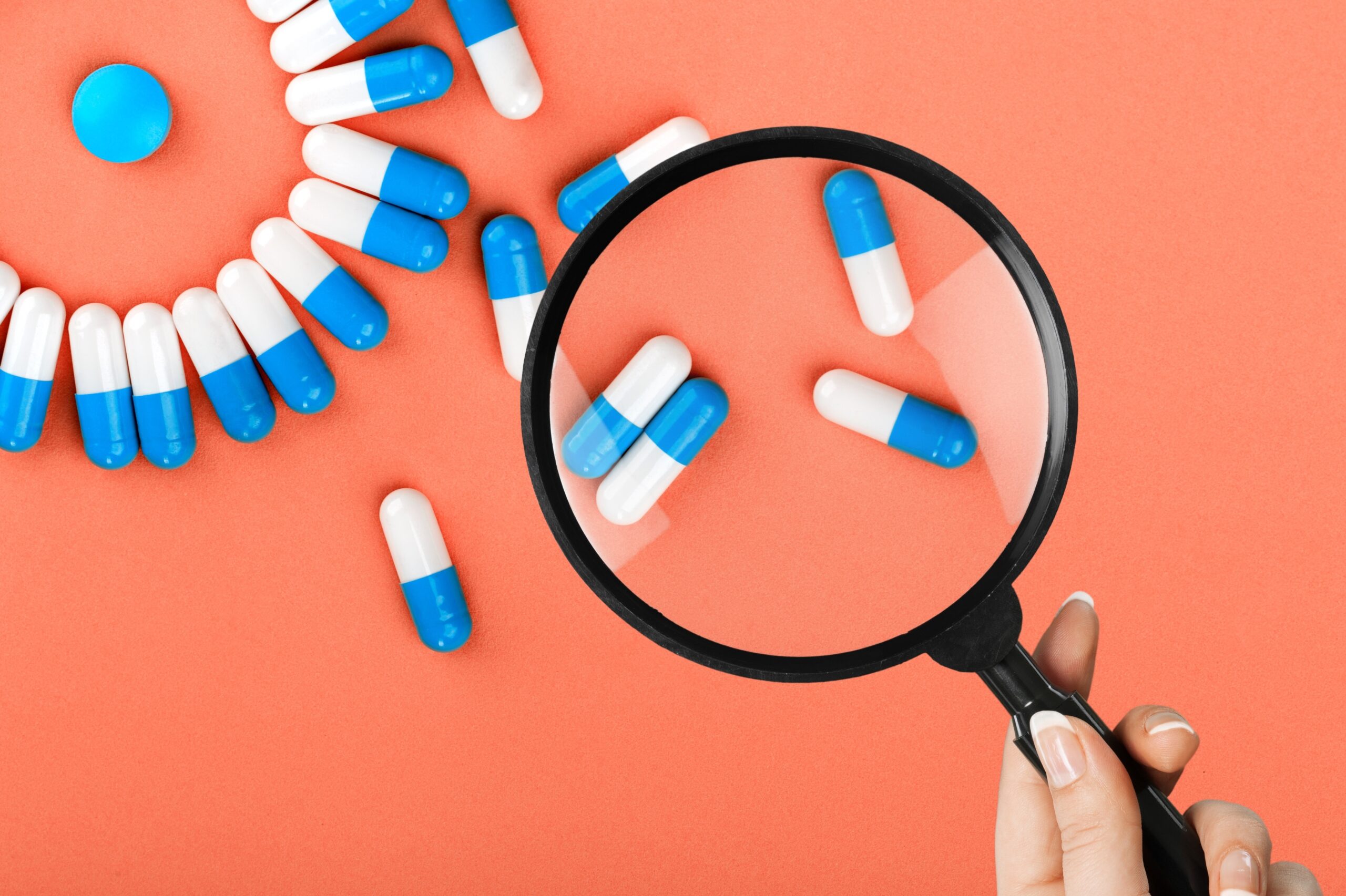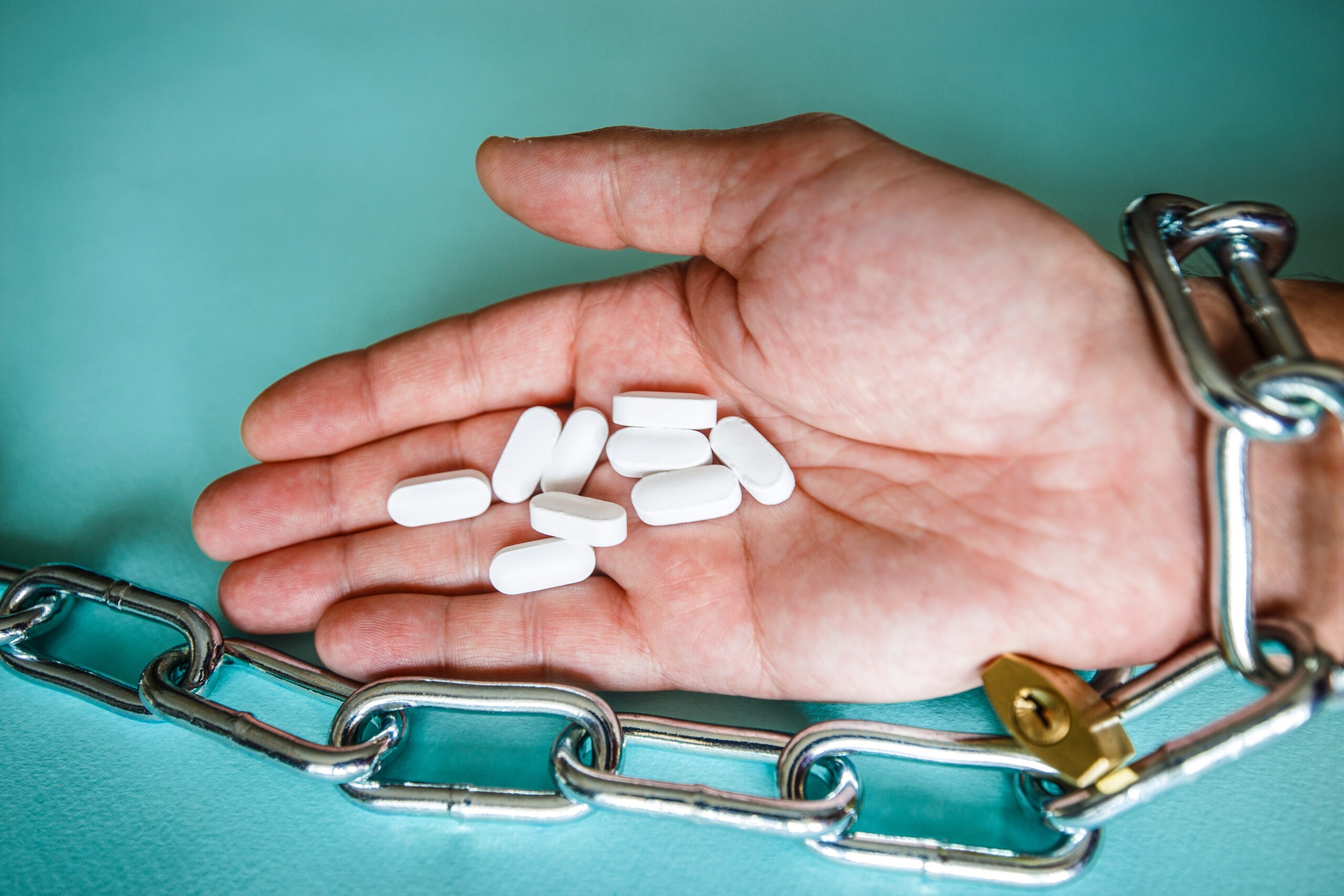
Significance
The WHO estimates that up to 1% of medicines available in high-income countries and 10% of drugs globally are likely to be counterfeit.
2023 Symposium on Public Health Strategies for Combating Counterfeit Drugs
December 1, 2023, at the Johns Hopkins University Bloomberg Center
555 Pennsylvania Avenue NW, Washington, DC 20001.
Stay Informed with the Latest News and Updates from Be Safe

Fake Drugs, Real Dangers
As counterfeit medications proliferate, researchers work to alert doctors and patients to the risks.

Symposium Executive Summary
A first of its kind Symposium on public health strategies for combating counterfeit drugs.

Symposium Report: 2023
The symposium, part of the BESAFE project, is supported with funding from Pfizer Inc.

On Friday, December 1st, 2023, The 2023 Symposium on Public Health Strategies for Combating Counterfeit Drugs took place. This symposium was hosted by the Behavioral and Educational Strategies for Avoiding Falsified Medicine Exposure (BESAFE) team at the Johns Hopkins Bloomberg School of Public Health.
The symposium brought together leaders, experts, and professionals to discuss the burden of counterfeit drugs and explore innovative strategies for public health safety. The theme of this symposium was paving the path for transformational partnerships between public health researchers, drug manufacturers and suppliers, regulatory and law enforcement agencies, policymakers, and program implementers to stop counterfeit medicine.
The symposium featured insightful and engaging research and panel discussions that was led by global experts in the field. These discussions specifically addressed the global burden of counterfeit drugs, public health responses to counterfeit drugs, intervention strategies for consumers and patients, intervention strategies for pharmacy services, intervention strategies for health care providers and intervention strategies input from policy advisors.
To view the Symposium Executive Summary or download the Full Symposium Report, click on the below.
Reporting counterfeit medicines is important to protect public health and prevent the spread of harmful and ineffective products. Here’s how you can report counterfeit medicines:
1. In most countries, there are regulatory authorities responsible for overseeing the safety and quality of medicines.
2. These agencies might have dedicated hotlines or online forms to report counterfeit medicines.
How to check for counterfeit medicines?
Checking for counterfeit medicines requires a combination of vigilance, careful inspection, and verification. Here are steps you can take to check for counterfeit medicines: Read More
How to avoid counterfeit medicines?
Public health responses to counterfeit drugs
Although the adverse health impact of counterfeit and falsified medicines is catastrophic, it is difficult to measure the overall public…
Counterfeit drugs are pervasive health threats to the global population.
Counterfeit drugs adversely affect health in multiple ways. These drugs are ineffective due to insufficient or no active ingredients, and…
Significance
Note that at the Seventieth World Health Assembly in 2017, the WHO adopted the term “Substandard and Falsified (SF) medical…
How to report counterfeit medicines?
Reporting counterfeit medicines is important to protect public health and prevent the spread of harmful and ineffective products. Here’s how…
How to check for counterfeit medicines?
Checking for counterfeit medicines requires a combination of vigilance, careful inspection, and verification. Here are steps you can take to…
How to avoid counterfeit medicines?
Avoiding counterfeit medicines is crucial for your health and safety. Counterfeit drugs can be ineffective, harmful, or even life-threatening. Here…
No Country is Immune From The Threat of Counterfeit Drugs.
No country is immune; counterfeit drugs were found in every continent and almost every country, from Australia to Guinea-Bissau and Nigeria, to Panama. According to the 2020 Organization for Economic Co-operation and Development (OECD) report the primary countries from which adulterated pharmaceuticals originate are considered to be China, Hong Kong, Singapore, and India. Read More
Counterfeit drugs are pervasive health threats to the global population
Pfizer’s analysis of suspected counterfeit viagra samples seized by drug regulatory authorities worldwide found that only 14% of samples were authentic. Of the UK samples, 51% of them were ordered via the Internet and 83% of these samples were counterfeit.More than 18 million atorvastatin tablets sold in the United Kingdom were recalled after the detection of a smuggling operation of counterfeit Pfizer’s Lipitor.
Important resources
Up to two billion people around the world lack access to necessary medicines, vaccines, medical devices including in vitro diagnostics, and other health products, which creates a vacuum that is too often filled by substandard and falsified products. This problem is growing as global supply chains become more complex, meaning products manufactured in one country may be packaged in a second country and distributed across borders to be marketed or sold to consumers in a third.
Public health responses to counterfeit drugs
Although the adverse health impact of counterfeit and falsified medicines is catastrophic, it is difficult to measure the overall public health burden, the number of deaths and cases of complications, and economic loss due to counterfeit and illegal drugs. Read More
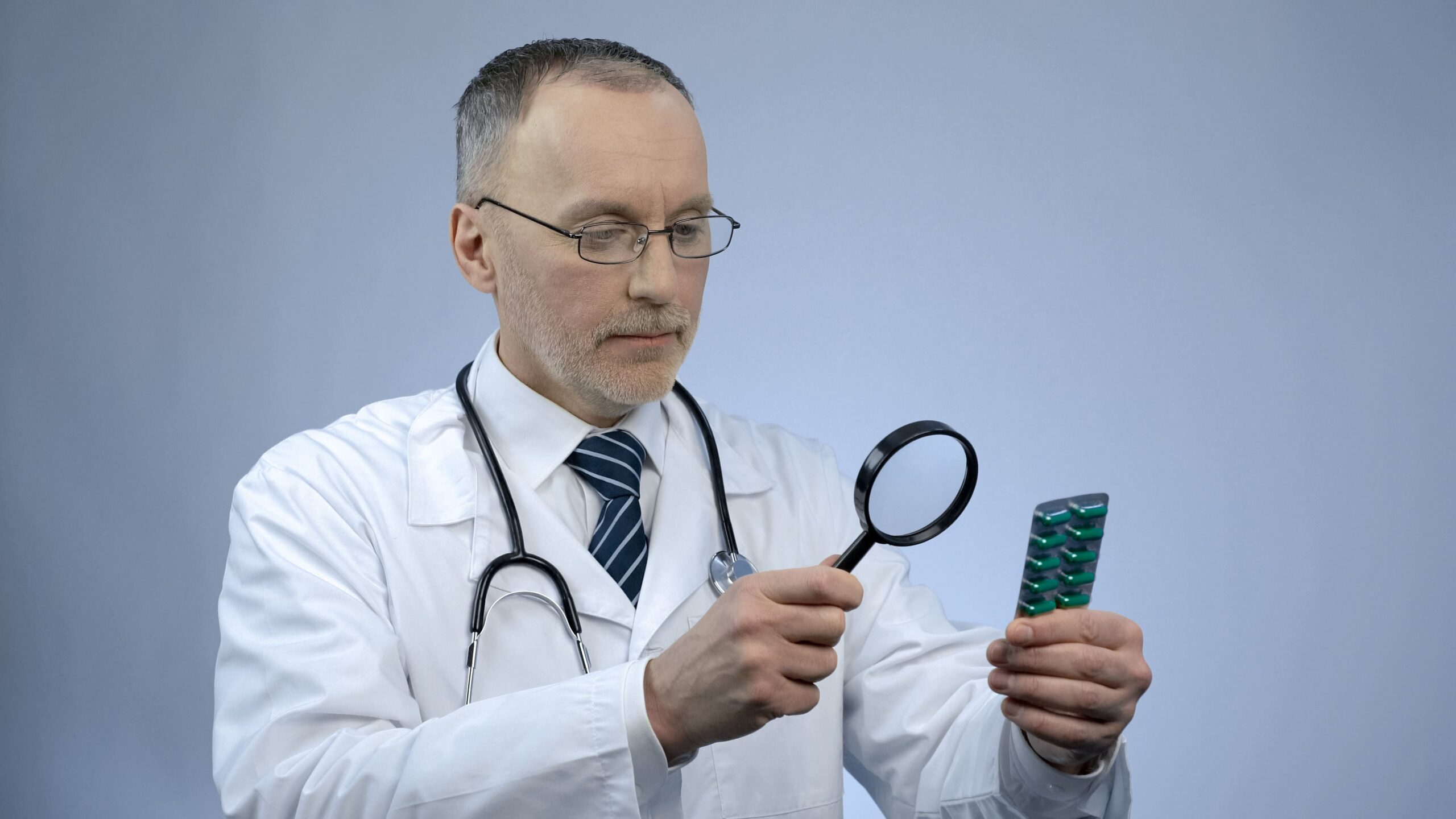
Don’t worry, we didn’t
forget the details
The WHO estimates that up to 1% of medicines available in high-income countries and 10% of drugs globally are likely to be counterfeit. Laboratory examinations of medical products from 75 low- and middle-income countries (LMIC) by the WHO in 2017 show that 33.6 % of hypertension, cancer, epilepsy, analgesic uterotonics, and immunosuppressants drugs, 11.8 % of antimalarial drugs, 7.2 % of antibiotics and anti-in-effective products, 6.7 % of tuberculosis medicines, and 4.2 % of HIV medicines were falsified or substandard, while approximately 10.5 % of all pharmaceuticals may be falsified in those countries. A recent systematic review of 25 countries by Ozawa et al. found that 11–48% (median 28.5%) were substandard or counterfeit.18

